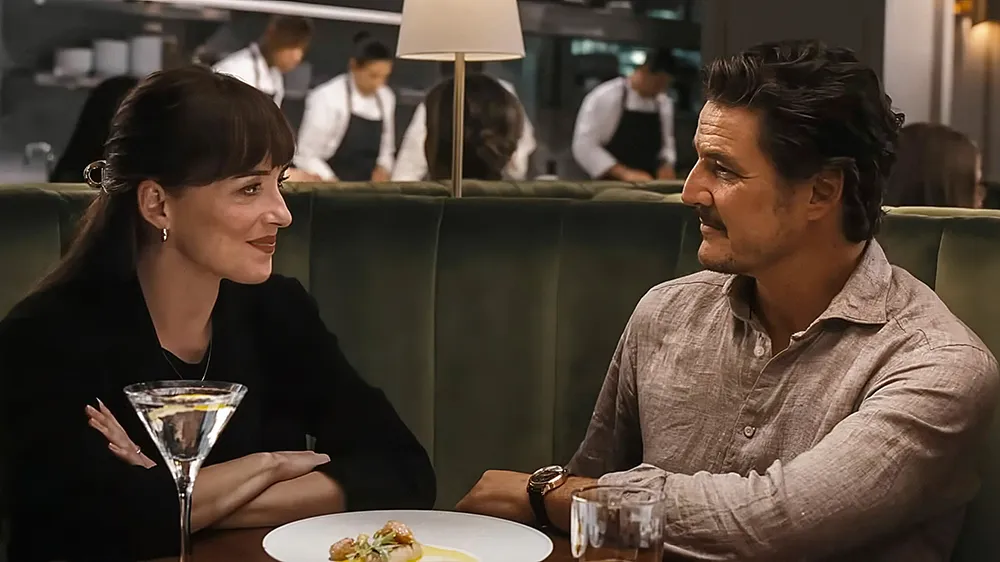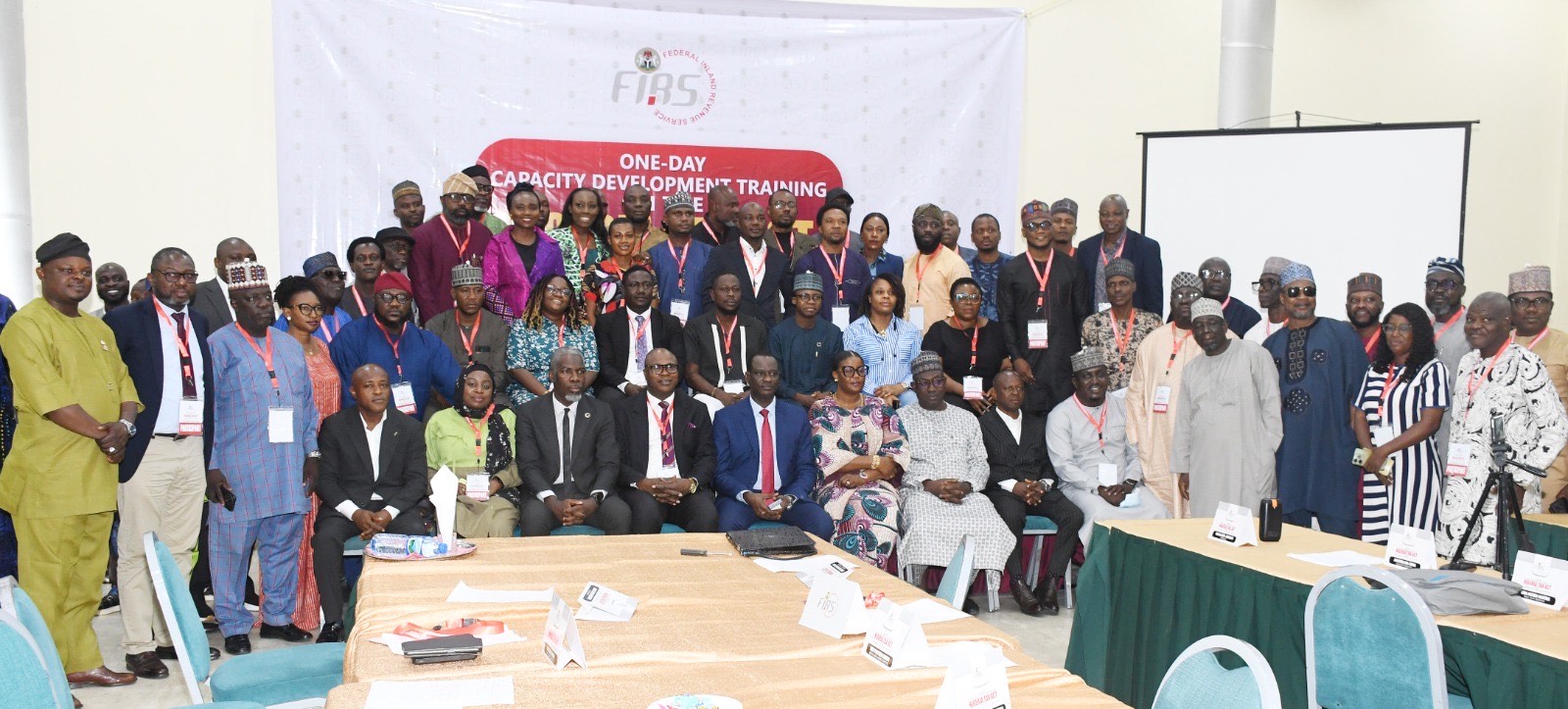
Films by male directors ruled the box office this summer. The boys-only cadre of helmers included Gareth Edwards (“Jurassic World: Rebirth”), James Gunn (“Superman“), Joseph Kosinski (“F1“), and Len Wiseman (“Ballerina”). While women directed a few smaller budget films, such as “Freakier Friday” (Nisha Ganatra) and “Materialists” (Celine Song), once again Hollywood awarded the highest-profile directing gigs with the largest budgets, and thus the largest grosses generally speaking, to men.
Writing for The New Yorker about the dearth of big budget films with women directors back in 2015, film critic Richard Roeper predicted, “Today’s leading independent visionaries are tomorrow’s acknowledged auteurs.” He went on to suggest that indie directors such as Miranda July, Sophia Takal, Amy Seimetz, and others would mimic the career paths of their male counterparts, transitioning from indie features to big budget films. While Roeper acknowledged that gender inequities existed, he minimized them, positing that large franchise films were somehow unimportant as they were “not movies that actors clamor to appear in, and they’re not movies on which actors build careers – they’re not movies that, for the most part, live on in the history of cinema.”
While these films may or may not live on in history, they are frequently the ticket to high-profile careers and steady employment. They dominated multiplexes then and continue to command the box office today. However, a glance at any of the current lists of top grossing films reveals they are top heavy with the franchise films Roeper was so quick to dismiss — and they’re almost all helmed by men. With exceptions like Great Gerwig and a precious few others in recent years, women are still not getting directing gigs on large budget films that enjoy massive marketing and advertising budgets capable of building markets that help them end up on top grossing lists.
Check out any list of the top grossing films of 2025 and read the first five to 10 films. They all have male directors. To get to the top five or 10 female directors, see how far down the list you have to go. Upwards of 30 films? 40 films? The exercise is eye opening.
Numbers provided by two studies tell the story of a two-tiered film business. Women comprised 32% of directors working on domestically and independently produced narrative features in 2024-25, according to the latest Indie Women report. These are lower budget features that screen and stream at film festivals. In contrast, women accounted for just 11% of directors working on the top 100 domestic grossing films in 2024, according to this year’s Celluloid Ceiling study.
A decade after Roeper suggested that many of the women working on independent films would eventually trickle up into positions on large budget films, no such widespread movement has taken place. The mechanisms that have catapulted men into sought-after helming positions on Hollywood’s biggest features have not materialized in the same way for women.
Women remain an underutilized labor pool for large budget features. Comparisons of other key behind-the-scenes roles reveal similar gaps. Slightly more than twice as many women work as writers of independent narrative features (33%) as on large budget features (16%). More than twice as many women work as cinematographers on indie features as on large budget films (13% vs. 5%).
About a decade ago, the EEOC visited Hollywood to investigate discrimination by the major film studios regarding women film directors. The Commission found the studios guilty of discrimination but no known action was taken. Pigs will fly before the EEOC returns to conduct another investigation, though any current effort would most likely turn accusations of bias on their head and consider how men have been systematically disadvantaged, employment statistics be damned.
The historical record shows that it could be years, generations even, before significant numbers of women film directors make the kind of leap Roeper described a decade ago. It’s a reality that’s almost impossible to fathom. Consider this. In 1999, the activist organization The Guerrilla Girls created a thought-provoking public awareness campaign at film festivals and on billboards in L.A. that succinctly stated, “The U.S. Senate is more progressive than Hollywood,” followed by two bleak statistics: “Female Senators: 9%, Female Directors: 4%.” The percentage of female directors was taken from the annual Celluloid Ceiling report for the top 100 grossing films.
If the group created the campaign today, almost three decades later, the figures would reflect a similar reality. The U.S. Senate is still more progressive than Hollywood. Female Senators: 26%, Female Directors, 11%. They could also add that women are better represented in the U.S. House (29%), and as governors (28%). Even NASA’s astronaut program outdistances Hollywood, as women have comprised 17% of candidates since the inception of the program. So, a woman has a better chance of being shot into space than planting her feet firmly on the set of a tentpole feature financed by a major film studio? Like I said, it’s almost impossible to fathom.
Dr. Martha M. Lauzen is the Founder and Executive Director of the Center for the Study of Women in Television and Film at San Diego State University and the author of numerous studies of the portrayal of women on screen and employment behind the scenes in television and film.



